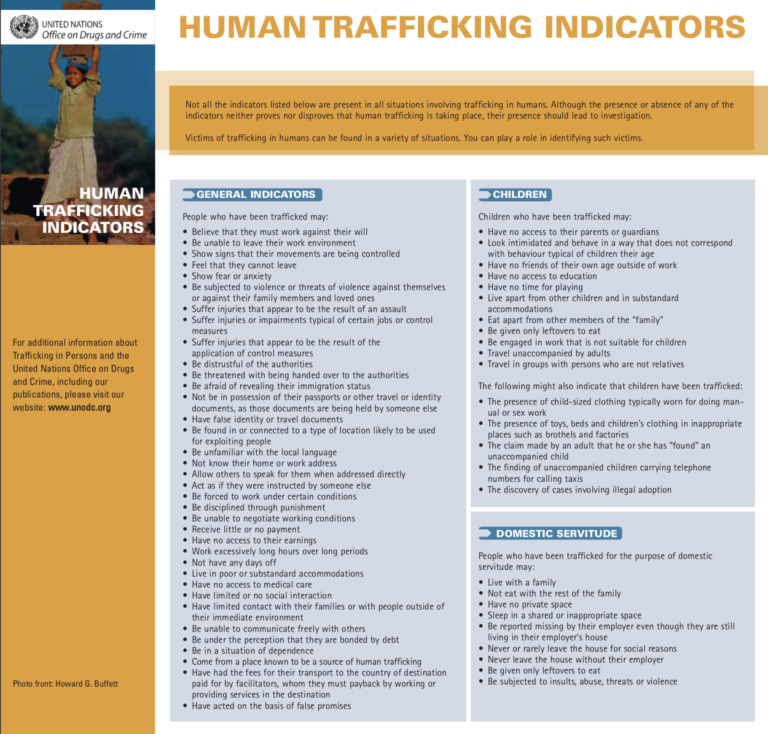Navigating the Surveillance Technology System: A Human Rights Due Diligence Guide for Investors
GuidanceAs the information and communication technology (ICT) industry rapidly expands, it has the power to support democratic, accountable institutions and the exercise of civic freedoms or perpetuate violations of individual and collective rights. As ...Read More

